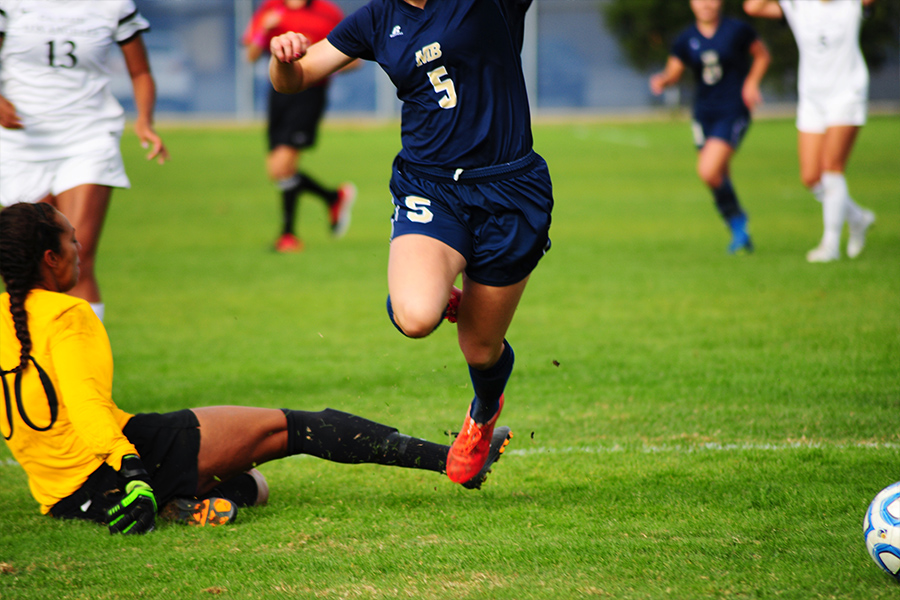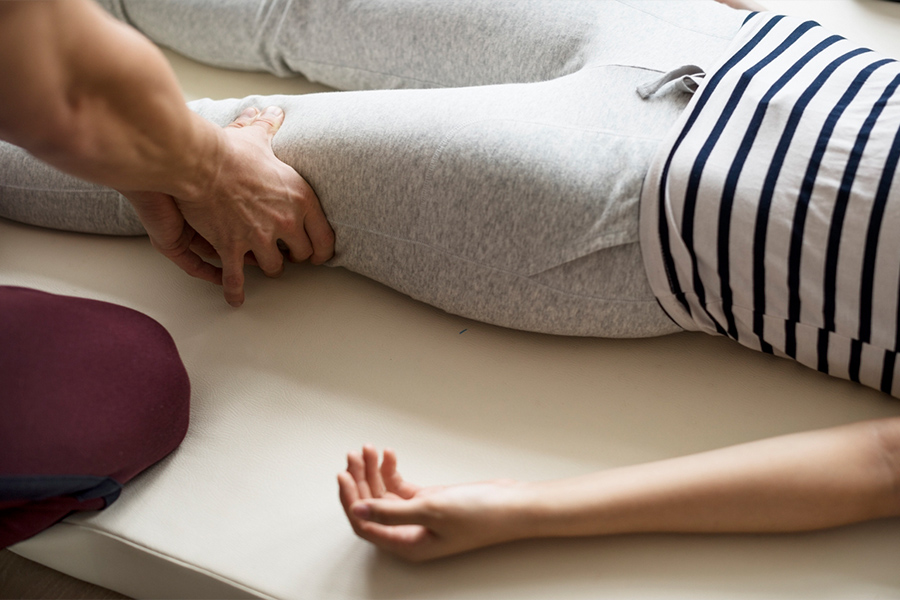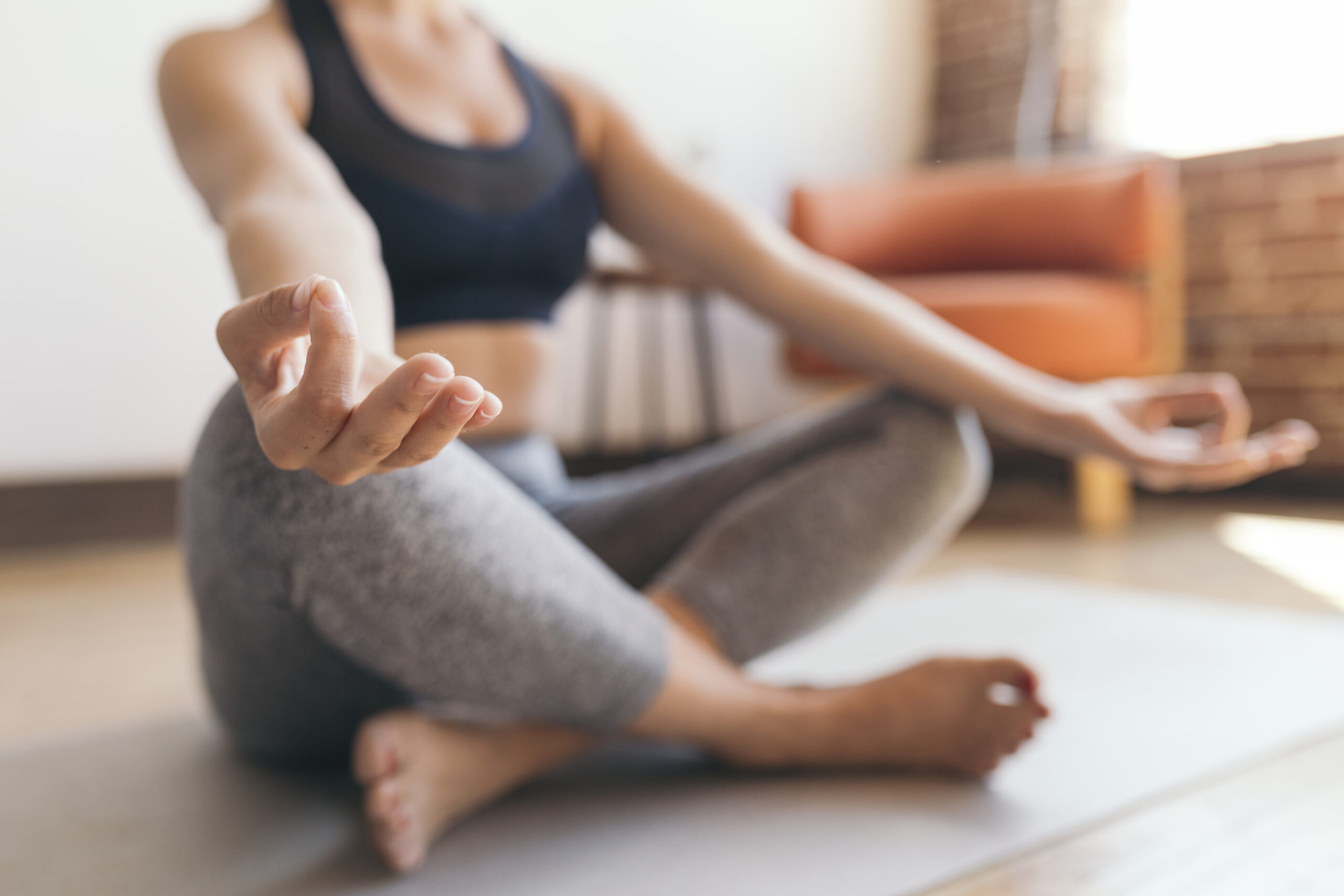
Injury Won’t Stop Me:
Your Roadmap to Fitness During Recovery
For many athletes and fitness enthusiasts, sports injuries are a challenging reality that can halt progress and assess one’s dedication to staying fit. It does not matter if you are a professional athlete, weekend warrior, or simply enjoy an active lifestyle, a sports injury can be a frustrating setback that disrupts not only your physical abilities but also your mental well-being. It is essential to remember that a sports injury does not have to mean the end of your fitness journey. The right mental approach can transform this period of recovery to an opportunity to explore new strategies and cultivate a deeper understanding of your body’s needs.
In this blog, we will dive into the world of injury recovery and fitness maintenance, exploring various strategies and tips on how to stay fit while you recuperate from your sports injury. It is crucial to acknowledge the significance of rest and proper rehabilitation, it is equally important to understand that the road to recovery does not have to be a passive one. By embracing the principles of mindful fitness and adopting a positive mindset, you can actively participate in your healing journey. You should work towards maintaining or even improving your fitness level during this time. Let us get into the details of your recovery.
Consult with a Healthcare Professional
Before starting any fitness routine while recovering from a sports injury, it is vital to consult with a qualified healthcare professional. This could be a sports physician, physical therapist, or orthopedic specialist, who can assess your injury’s severity and prescribe appropriate exercises that will not hinder your recovery. Following their advice and guidance is crucial to avoid exacerbating the injury or causing further damage.
Listen to Your Body
One of the most important aspects of staying fit while recovering from a sports injury is learning to listen to your body. If you experience pain or discomfort during any activity, stop immediately and consult your healthcare professional. Pushing yourself too hard can lead to setbacks and delay the recovery process. On the other hand, if you feel capable of increasing the intensity or trying a new exercise, do so gradually.
Adopt Low-Impact Exercises
During the recovery phase, avoid high-impact activities. Focus on low-impact exercises that can help maintain your fitness level without putting excessive strain on the injured area. Swimming, stationary cycling, and yoga are excellent options as they improve cardiovascular health, flexibility, and strength without causing additional stress on the injured muscles or joints.

Swimming:
Swimming is an excellent full-body, low-impact exercise that provides a great cardiovascular workout without putting stress on your joints. It allows you to work on your endurance, strength, and flexibility while engaging various muscle groups. Swimming can also improve lung capacity and overall cardiovascular health. Whether you choose to swim laps or do water-based exercises, the buoyancy of the water reduces the impact on your injured area, making it a safe and effective option for rehabilitation.
Stationary Cycling:
Stationary cycling, also known as indoor cycling or spinning, is another low-impact exercise that is gentle on your joints but provides an excellent cardiovascular workout. Whether you use a stationary bike at the gym or invest in a home exercise bike, cycling allows you to control the intensity of your workout while minimizing stress on your injured area. It is an effective way to strengthen your leg muscles, improve circulation, and maintain your fitness level during the recovery phase.
Tai Chi:
Tai Chi is a gentle, low-impact martial art that focuses on slow, controlled movements and deep breathing. It promotes balance, flexibility, and relaxation, making it an ideal exercise for those recovering from sports injuries. Tai Chi can help improve joint range of motion, reduce stress, and enhance body awareness and coordination. It is especially beneficial for individuals with joint issues or musculoskeletal injuries, as it places minimal stress on the body while still providing numerous health benefits.
Remember to consult with your healthcare professional or physical therapist before starting any new exercise routine, including these low-impact exercises. They can assess your injury’s specific needs and recommend appropriate exercises that align with your recovery goals.
Incorporate Strength Training
While some may believe that strength training is off-limits during recovery, it can be beneficial when done appropriately. Working on strength training for unaffected body parts can help maintain overall muscle tone and balance while the injury heals. Ensure that you perform exercises that do not involve or put undue pressure on the injured area.
Here are three strength training exercises that you can incorporate into your routine while recovering from a sports injury. Remember to start with light resistance and gradually increase as your body tolerates and progresses:
Seated Dumbbell Shoulder Press:
This exercise targets the shoulders and triceps. Start by sitting on a stable chair or bench. Here is how to perform it:
Sit upright with your back supported and hold a dumbbell in each hand at shoulder level, palms facing forward.
Press the dumbbells upward until your arms are fully extended but not locked.
Lower the dumbbells back down to shoulder level with control.
Perform 2-3 sets of 10-15 repetitions.
Bent-Over Dumbbell Rows:
Bent-over dumbbell rows work the muscles of the upper back, including the rhomboids, trapezius, and rear deltoids. Here is how to do them:
Stand with your feet shoulder-width apart and hold a dumbbell in each hand with your palms facing your body.
Hinge at your hips, maintaining a slight bend in your knees, and lean your upper body forward until it is almost parallel to the floor.
Pull the dumbbells up toward your chest by squeezing your shoulder blades together. Keep your elbows close to your body.
Lower the dumbbells back down with control.
Perform 2-3 sets of 10-12 repetitions.
Bodyweight Glute Bridges:
Glute bridges primarily target the gluteal muscles and help improve hip stability. They can be focused on without any equipment. This makes it an accessible exercise during the recovery phase: Lie on your back with your knees bent and feet flat on the floor, hip-width apart.
Place your arms at your sides with palms facing down.
Press through your heels and lift your hips off the floor until your body forms a straight line from your shoulders to your knees.
Squeeze your glutes at the top and hold for a second before lowering back down.
Perform 2-3 sets of 15-20 repetitions.
As with any strength training exercises, it is essential to maintain proper form and avoid any movements or positions that may aggravate your injury. If you are unsure about performing these exercises safely, seek guidance from a qualified fitness professional or physical therapist. They can help tailor a strength training program that suits your injury and recovery needs while ensuring you make progress safely and effectively.

Cross-Training
Cross-training is an excellent way to stay fit while recovering from a sports injury. Engaging in diverse types of exercises not only reduces the risk of overuse injuries but also helps keep you motivated and interested in your fitness routine. For instance, if you are unable to run due to a leg injury, consider upper body workouts like rowing or modified strength training.
Here is a 5-minute cross-training workout that incorporates a variety of exercises to target different muscle groups and provide a quick but effective full-body workout. Perform each exercise for 45 seconds, followed by a 15-second rest before moving on to the next exercise. Repeat the circuit twice for a total of 5 minutes.
Jumping Jacks (45 seconds):
Start with a classic warm-up exercise to get your heart rate up and engage your whole body. Stand with your feet together and arms at your sides. Jump your feet out wide while raising your arms overhead. Quickly jump back to the starting position and repeat for the duration.
Bodyweight Squats (45 seconds):
Stand with your feet shoulder-width apart. Lower your body by bending your knees and pushing your hips back as if you are sitting in a chair. Keep your chest up and ensure your knees do not go past your toes. Rise back up to the starting position and repeat the squat movement.
Push-Ups (45 seconds):
Get into a plank position with your hands shoulder-width apart and your body in a straight line from head to heels. Lower your chest towards the ground by bending your elbows, then push back up to the starting position. Modify by performing push-ups from your knees if needed.
Mountain Climbers (45 seconds):
Get into a plank position with your hands directly under your shoulders. Bring one knee towards your chest, then quickly switch legs in a running motion. Keep your core engaged and maintain a steady pace throughout.
Alternating Lunges (45 seconds):
Stand with your feet together. Take a step forward with one leg and lower your body until both knees are bent at a 90-degree angle. Push off the front foot to return to the starting position, then switch legs and repeat the lunge on the other side.
Plank Hold (45 seconds):
Finish with a plank hold to engage your core and strengthen your stabilizing muscles. Get into a plank position with your elbows directly under your shoulders. Keep your body in a straight line from head to heels, engaging your abdominal muscles and glutes. Hold the plank for the entire duration.
Remember to perform a light warm-up before starting the workout and finish with some gentle stretching to cool down and prevent injury. This 5-minute cross-training workout is perfect for when you are short on time or want to add variety to your fitness routine. As you become more comfortable with the exercises, you can increase the duration or add more rounds to challenge yourself further. Always listen to your body and modify any exercises as needed to suit your fitness level and any existing injuries.
Work on Flexibility and Mobility
Injuries can often lead to decreased flexibility and mobility in the affected area. Incorporate stretching exercises and mobility drills into your daily routine to maintain joint health and prevent stiffness. Odds are you may have lost muscle density and strength if you have sat out any considerable time. Any stretching or low plyometrics will help. Gentle stretching can help prevent muscle imbalances that may arise during the recovery phase that can be performed daily.
Use RICE Therapy
RICE therapy (Rest, Ice, Compression, and Elevation) is a well-known method for managing sports injuries during the preliminary stages of recovery. Rest allows the body to heal, while ice reduces inflammation and pain. Compression helps control swelling, and elevation assists in minimizing fluid buildup. Consult your healthcare professional to determine the appropriate timing and duration for using RICE therapy for your specific injury. This may or may not be right for you.

Mental Well-being
Recovering from a sports injury can take a toll on your mental health, especially if you are accustomed to an active lifestyle. Focus on maintaining a positive mindset and seek support from friends, family, or a mental health professional if needed. Engage in activities that bring you joy and help keep stress at bay, as mental well-being is essential for overall healing.
Focus on Nutrition
Maintaining a balanced and nutritious diet is essential for recovery and staying fit. Nutrition plays a significant role in the body’s healing process, and certain foods can aid in reducing inflammation and promoting tissue repair. Emphasize a diet rich in lean proteins, whole grains, fruits, vegetables, and healthy fats. Stay hydrated and consider incorporating supplements like vitamin C and omega-3 fatty acids, which can aid in the recovery process. Make it a goal to work all aspects of your body.
Patience and Persistence
Recovery from a sports injury is a journey that requires patience and persistence. Set realistic goals for yourself and celebrate every small achievement. Remember that setbacks can happen, but with dedication and the right approach, you can make steady progress towards regaining your fitness levels.
Staying fit while recovering from a sports injury requires a careful balance between rest and maintaining physical activity. By following the advice of healthcare professionals, focusing on nutrition, incorporating appropriate exercises, and caring for your mental well-being, you can ensure a smoother and faster recovery. Sometimes focusing lesser amounts of time on each activity above ends up being very fulfilling. The time to get aggressive and push the envelope in NOT now. You need to be patient with yourself and stay committed to your rehabilitation program. A slow and gradual progression is what you are striving for. With your commitment of both time and effort, you will be back on your feet and ready to resume your activity once again.
